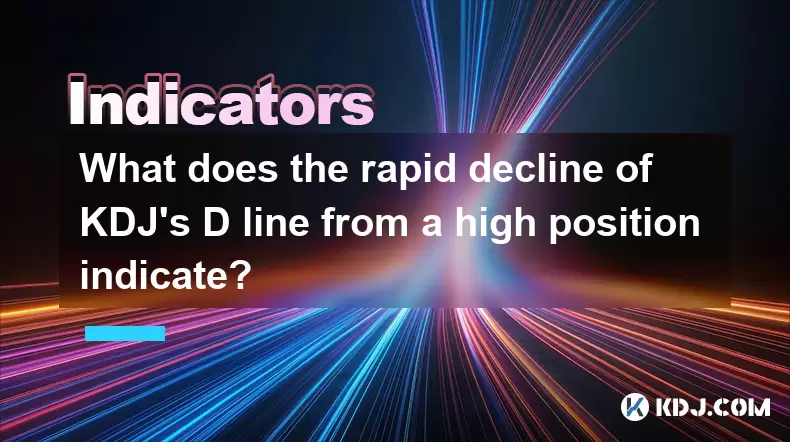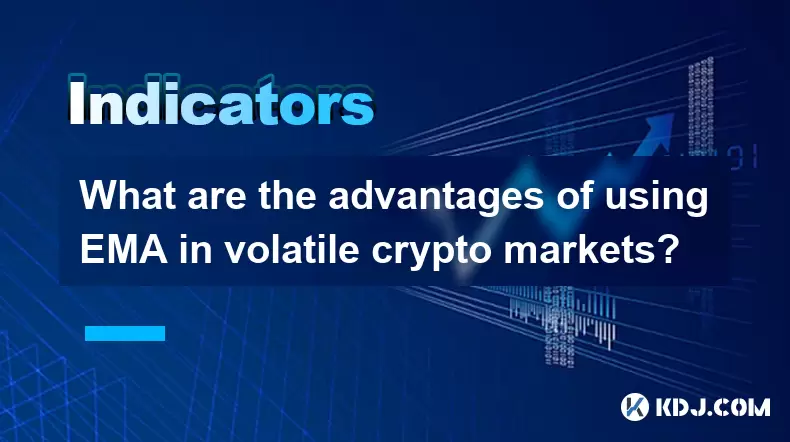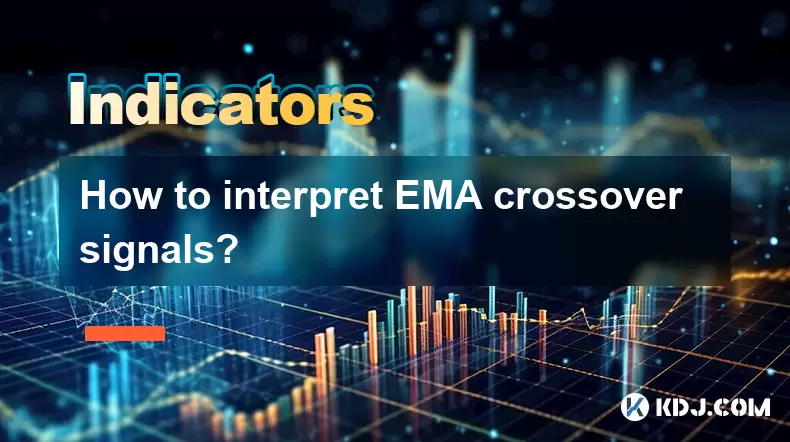-
 Bitcoin
Bitcoin $118300
-0.58% -
 Ethereum
Ethereum $3825
0.11% -
 XRP
XRP $3.137
-0.71% -
 Tether USDt
Tether USDt $0.9999
-0.01% -
 BNB
BNB $803.9
-3.37% -
 Solana
Solana $181.5
-1.94% -
 USDC
USDC $0.9999
0.01% -
 Dogecoin
Dogecoin $0.2238
-2.51% -
 TRON
TRON $0.3358
2.12% -
 Cardano
Cardano $0.7844
-2.16% -
 Hyperliquid
Hyperliquid $43.31
-1.48% -
 Sui
Sui $3.807
-4.04% -
 Stellar
Stellar $0.4203
-1.96% -
 Chainlink
Chainlink $17.79
-3.00% -
 Bitcoin Cash
Bitcoin Cash $567.8
-1.34% -
 Hedera
Hedera $0.2614
-4.30% -
 Avalanche
Avalanche $24.19
-4.46% -
 Litecoin
Litecoin $109.2
-0.74% -
 UNUS SED LEO
UNUS SED LEO $8.969
-0.01% -
 Toncoin
Toncoin $3.404
3.97% -
 Ethena USDe
Ethena USDe $1.001
-0.01% -
 Shiba Inu
Shiba Inu $0.00001307
-3.19% -
 Uniswap
Uniswap $10.33
-1.23% -
 Polkadot
Polkadot $3.884
-4.06% -
 Monero
Monero $312.9
-1.87% -
 Dai
Dai $1.000
0.01% -
 Bitget Token
Bitget Token $4.537
-2.24% -
 Pepe
Pepe $0.00001156
-3.40% -
 Cronos
Cronos $0.1437
-0.89% -
 Aave
Aave $282.8
-2.77%
What does the rapid decline of KDJ's D line from a high position indicate?
A rapid drop in the KDJ's D line from overbought levels (above 80) signals weakening momentum and potential reversal, especially when confirmed by high volume and bearish price action.
Jul 29, 2025 at 03:49 pm

Understanding the KDJ Indicator in Cryptocurrency Trading
The KDJ indicator is a momentum oscillator widely used in cryptocurrency trading to assess overbought and oversold conditions. It comprises three lines: the %K line, the %D line, and the %J line. Among these, the %D line is a smoothed version of the %K line, typically calculated as a 3-period moving average of %K. Traders rely on the D line to confirm signals generated by the K line and to reduce false positives. When the D line is in a high position—generally above 80—it suggests the market is overbought. A rapid decline of the D line from this elevated level often signals a shift in market momentum.
The significance of the D line lies in its ability to reflect sustained price pressure. Because it is smoothed, it filters out short-term noise and provides a clearer picture of trend strength. A high D line indicates prolonged bullish momentum, but when it begins to fall sharply, it may suggest that buying pressure is weakening rapidly. This dynamic is particularly relevant in the volatile cryptocurrency markets, where sentiment can shift quickly due to news, macroeconomic factors, or whale movements.
What a High D Line Represents in Market Context
When the D line rises above 80, it traditionally indicates that the asset is in overbought territory. In cryptocurrency trading, this can occur during strong bullish runs, such as those seen in Bitcoin or Ethereum during bull market phases. However, an overbought condition does not necessarily mean an immediate reversal—it reflects that the asset has been aggressively bought over a recent period. The persistence of a high D line suggests that buyers are still in control, and the uptrend may continue.
Yet, the psychological aspect of technical indicators plays a key role. Traders monitor these levels closely, and when the D line remains high for an extended period, it can create a sense of caution. Market participants may begin to anticipate a pullback, especially if volume starts to decline despite rising prices. This divergence between price and momentum can set the stage for a sharp correction once selling pressure emerges.
Implications of a Rapid Decline from a High D Line
A rapid drop in the D line from a high position—for example, falling from above 80 to below 70 within a few candlesticks—can indicate several things. Most notably, it suggests that momentum is shifting from bullish to bearish. This is not merely a minor pullback but potentially the beginning of a broader correction. The speed of the decline is critical: a slow descent might reflect consolidation, but a sharp fall often points to panic or aggressive selling.
In cryptocurrency markets, such rapid declines are frequently triggered by external catalysts. These may include negative news, regulatory announcements, or large sell orders from institutional holders. The technical signal of a falling D line becomes more reliable when confirmed by volume spikes or bearish candlestick patterns like engulfing candles or shooting stars. Traders should pay close attention to whether the price follows the D line downward, as divergence could invalidate the bearish signal.
How to Respond to a Falling D Line: Tactical Steps
When observing a rapid decline in the D line from a high level, traders can take several concrete actions:
- Confirm the signal with volume analysis: Check if the drop in the D line coincides with increasing trading volume. High volume during the decline strengthens the bearish case.
- Look for price confirmation: Ensure that the cryptocurrency’s price is also moving downward. A falling D line with flat or rising price may indicate divergence and reduced reliability.
- Set stop-loss orders: For long positions, consider placing stop-losses just below recent support levels to limit downside risk.
- Monitor for oversold conditions: Once the D line drops below 20, the asset may become oversold, signaling a potential reversal or bounce.
- Use additional indicators: Combine KDJ with tools like RSI, MACD, or moving averages to increase signal accuracy.
These steps help traders avoid emotional decisions and respond systematically to changing market conditions. In fast-moving crypto markets, having predefined rules based on technical signals can be crucial.
Common Misinterpretations and Risk Factors
One common mistake is assuming that a high D line alone guarantees a reversal. In strong uptrends, the D line can remain above 80 for extended periods without a significant price drop. Similarly, a rapid decline does not always lead to a sustained downtrend. False signals can occur, especially in sideways or choppy markets. Traders must avoid acting on the KDJ in isolation.
Another risk is lagging signals. Because the D line is a moving average of the K line, it inherently lags price action. By the time the D line begins to fall sharply, a significant portion of the price move may have already occurred. This delay is more pronounced in lower timeframes, where noise is greater. Using higher timeframes (such as 4-hour or daily charts) can improve the reliability of KDJ signals.
Market manipulation in cryptocurrency can also distort indicator readings. Whales may trigger stop-loss clusters or create artificial volume spikes, leading to misleading KDJ behavior. Therefore, context matters—always assess the broader market structure, news environment, and on-chain data alongside technical indicators.
Practical Example: KDJ D Line Drop in a Crypto Asset
Consider a scenario involving Solana (SOL) during a recent price surge. Over a 7-day period, SOL’s price climbs 40%, pushing the KDJ’s D line from 50 to 85. The market appears overheated. On the eighth day, a major exchange announces a pause in SOL withdrawals due to network congestion. Within hours, the price drops 12%, and the D line plummets from 85 to 65 on the 4-hour chart.
Traders monitoring KDJ would notice:
- The D line was in overbought territory.
- The rapid decline coincided with high volume and a bearish engulfing candle.
- Price broke below the 20-period moving average.
This confluence of signals supports a bearish outlook. A trader might choose to close long positions or initiate short positions with tight risk management.
Frequently Asked Questions
What is the ideal timeframe to monitor the KDJ D line in crypto trading?
The 4-hour and daily charts are most effective for tracking the D line. These timeframes reduce noise and provide more reliable signals compared to 5-minute or 15-minute charts, where false movements are common.
Can the D line fall rapidly without a price drop?
Yes. This situation is known as bearish divergence. The price may continue rising while the D line falls, indicating weakening momentum. It serves as an early warning, though confirmation through price action is essential.
Should I short a cryptocurrency solely based on a falling D line?
No. A falling D line should not be used in isolation. Always combine it with volume analysis, price patterns, and other indicators to confirm the trend. Trading decisions based on single indicators carry high risk.
How do I adjust KDJ settings for different cryptocurrencies?
Default settings (9,3,3) work for most cases. For highly volatile coins like meme tokens, consider increasing the smoothing periods to reduce false signals. Backtesting on historical data helps determine optimal parameters.
Disclaimer:info@kdj.com
The information provided is not trading advice. kdj.com does not assume any responsibility for any investments made based on the information provided in this article. Cryptocurrencies are highly volatile and it is highly recommended that you invest with caution after thorough research!
If you believe that the content used on this website infringes your copyright, please contact us immediately (info@kdj.com) and we will delete it promptly.
- IPO, Bitcoin, and Treasury: A New Era of Crypto Investment?
- 2025-07-30 14:30:12
- Bitcoin, Binance, and Whales: Decoding the Latest Market Moves
- 2025-07-30 14:50:12
- Sinkhole Rescue: Migrant Workers' Heroism Sparks Fundraising in Tanjong Katong
- 2025-07-30 14:50:12
- Strategy, Bitcoin, and IPOs: A New York Perspective on 2025's Biggest Moves
- 2025-07-30 14:55:11
- TROLL Memecoin Mania: From Online Buzz to Market Reality
- 2025-07-30 14:55:11
- Coinbase, Circle, and the Power of Partnership: A New Era for Crypto?
- 2025-07-30 12:30:12
Related knowledge

What are the main differences between WMA, SMA, and EMA in crypto?
Jul 30,2025 at 02:50pm
Understanding the Role of Private Keys in Cryptocurrency WalletsEvery cryptocurrency wallet operates based on cryptographic principles, with the priva...

How is the WMA indicator calculated in cryptocurrency trading?
Jul 30,2025 at 02:35pm
Understanding the Weighted Moving Average (WMA) in Cryptocurrency TradingThe Weighted Moving Average (WMA) is a technical analysis tool widely used in...

How does news and market sentiment affect EMA signals in crypto?
Jul 30,2025 at 03:00pm
Understanding EMA and Its Role in Crypto TradingThe Exponential Moving Average (EMA) is a widely used technical indicator in cryptocurrency trading th...

What are the advantages of using EMA in volatile crypto markets?
Jul 30,2025 at 12:29pm
Understanding EMA in the Context of Cryptocurrency TradingThe Exponential Moving Average (EMA) is a widely used technical indicator in cryptocurrency ...

What is a good EMA for medium-term crypto trades?
Jul 30,2025 at 02:29pm
Understanding EMA in Cryptocurrency TradingThe Exponential Moving Average (EMA) is a widely used technical indicator in cryptocurrency trading that gi...

How to interpret EMA crossover signals?
Jul 30,2025 at 01:56pm
Understanding EMA and Its Role in Technical AnalysisThe Exponential Moving Average (EMA) is a widely used technical indicator in the cryptocurrency tr...

What are the main differences between WMA, SMA, and EMA in crypto?
Jul 30,2025 at 02:50pm
Understanding the Role of Private Keys in Cryptocurrency WalletsEvery cryptocurrency wallet operates based on cryptographic principles, with the priva...

How is the WMA indicator calculated in cryptocurrency trading?
Jul 30,2025 at 02:35pm
Understanding the Weighted Moving Average (WMA) in Cryptocurrency TradingThe Weighted Moving Average (WMA) is a technical analysis tool widely used in...

How does news and market sentiment affect EMA signals in crypto?
Jul 30,2025 at 03:00pm
Understanding EMA and Its Role in Crypto TradingThe Exponential Moving Average (EMA) is a widely used technical indicator in cryptocurrency trading th...

What are the advantages of using EMA in volatile crypto markets?
Jul 30,2025 at 12:29pm
Understanding EMA in the Context of Cryptocurrency TradingThe Exponential Moving Average (EMA) is a widely used technical indicator in cryptocurrency ...

What is a good EMA for medium-term crypto trades?
Jul 30,2025 at 02:29pm
Understanding EMA in Cryptocurrency TradingThe Exponential Moving Average (EMA) is a widely used technical indicator in cryptocurrency trading that gi...

How to interpret EMA crossover signals?
Jul 30,2025 at 01:56pm
Understanding EMA and Its Role in Technical AnalysisThe Exponential Moving Average (EMA) is a widely used technical indicator in the cryptocurrency tr...
See all articles

























































































